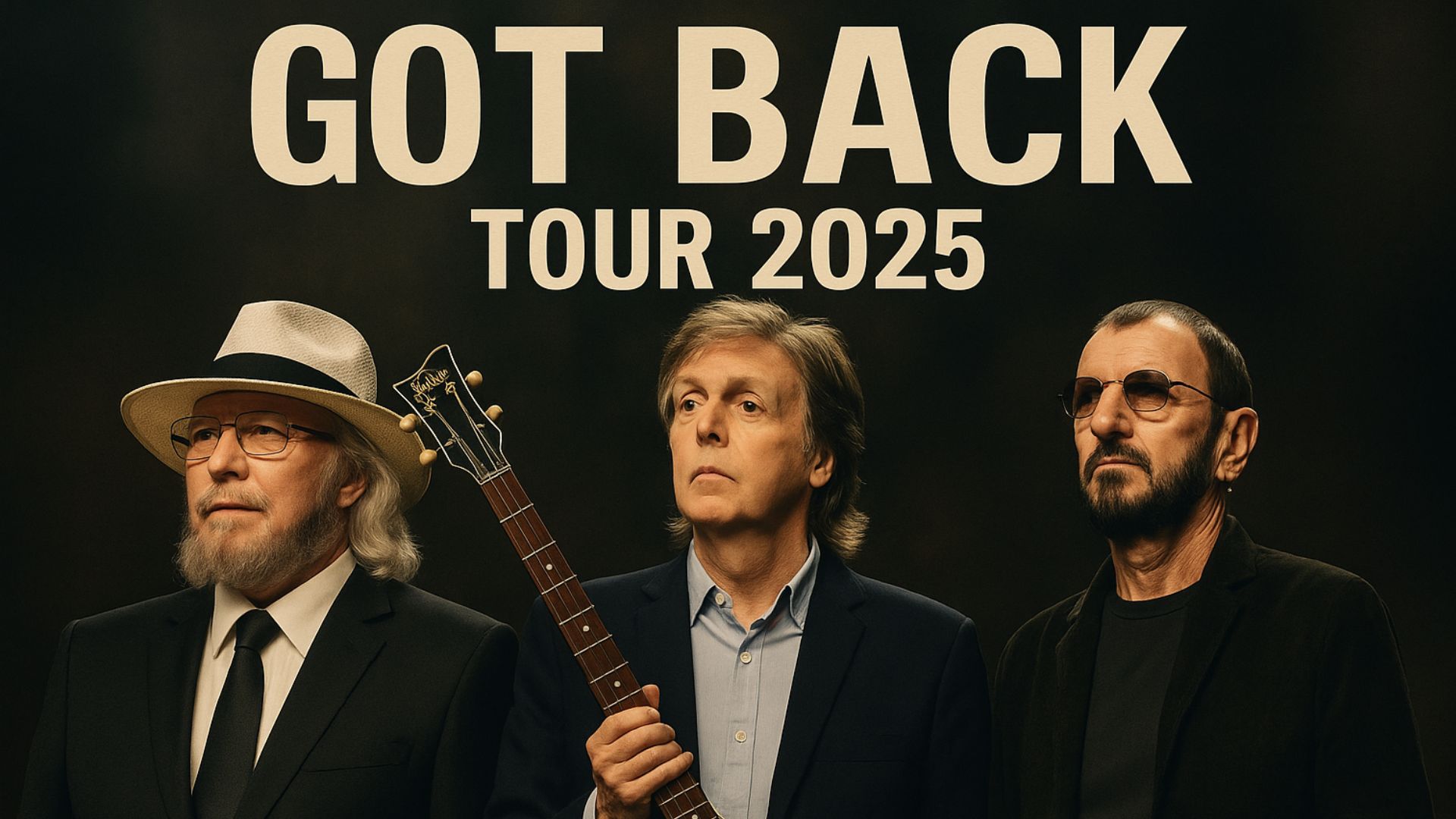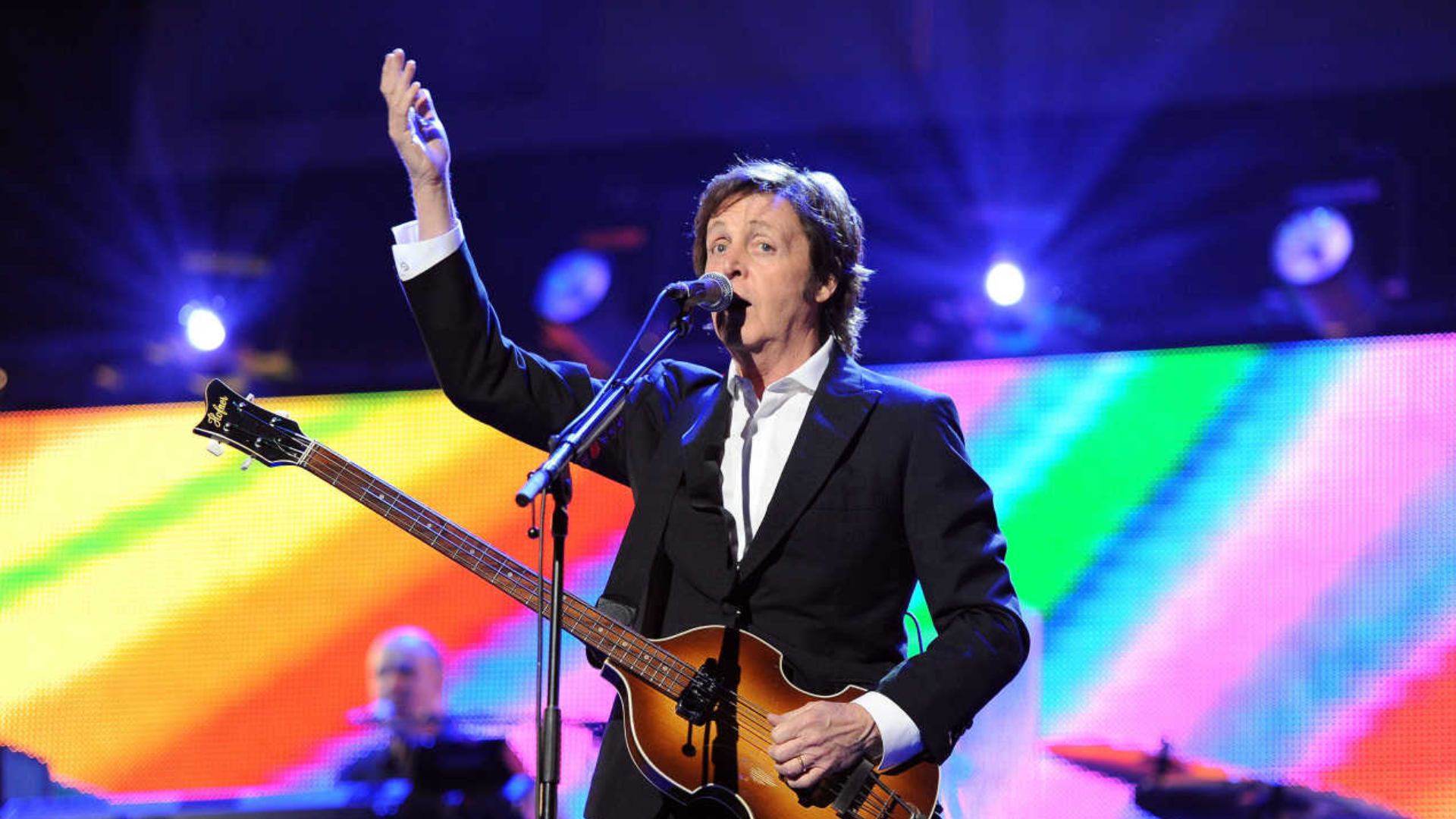
When The Beatles released “Let It Be” in 1970, the world was witnessing the end of an era. The band that had changed the course of modern music was falling apart, yet from that turmoil came one of the most peaceful, comforting songs ever written. Composed by Paul McCartney, “Let It Be” felt like both a prayer and a farewell — a song that didn’t try to fight the storm, but instead chose to find grace within it.

The inspiration came to Paul in a dream. He saw his late mother, Mary McCartney, who had passed away when he was just fourteen. In that dream, she spoke the words that would later become the song’s anchor: “It will be all right — just let it be.” Those simple words carried an eternal wisdom — quiet, steady, and full of love — and Paul turned them into a hymn of reassurance for a troubled world.
From the opening piano chords, “Let It Be” wraps the listener in warmth. McCartney’s voice, calm and resolute, carries a tenderness that feels deeply personal yet universal. “When I find myself in times of trouble, Mother Mary comes to me…” he sings, not as a grand declaration, but as a quiet confession. It’s a moment of stillness, a recognition that sometimes peace isn’t found through answers, but through acceptance.
Musically, the song is pure and direct — gospel-inflected piano, gentle bass, and Ringo Starr’s steady drumming, all underscored by George Harrison’s tasteful guitar lines. The melody rises naturally, carrying the listener upward toward the luminous chorus. And then there’s George’s guitar solo — lyrical and full of light, it feels like a voice of its own, speaking where words cannot.
What gives “Let It Be” its timeless power is its simplicity. There’s no bitterness in it, no struggle — only calm. It was written at a moment when The Beatles were fractured, yet it offered serenity instead of sorrow. In a time of chaos — both in the band and in the world — McCartney found a way to turn grief into grace.
Over the decades, “Let It Be” has become more than a song. It has been sung at funerals and weddings, in protests and moments of prayer, by those searching for comfort or strength. Its message transcends religion, politics, and time — a reminder that when life feels overwhelming, the act of letting go can sometimes be the greatest courage of all.
For Paul McCartney, it remains one of his most deeply personal works — a song born from loss, but glowing with hope. And for The Beatles, it stands as their spiritual benediction — the sound of four men closing a chapter, yet leaving behind a message that would outlive them all.
In the end, “Let It Be” is not just a Beatles song. It’s a universal hymn — a gentle voice whispering through generations, reminding us that light still finds its way through the cracks. When the night feels longest and the world feels heavy, its message endures: there will be an answer — let it be.